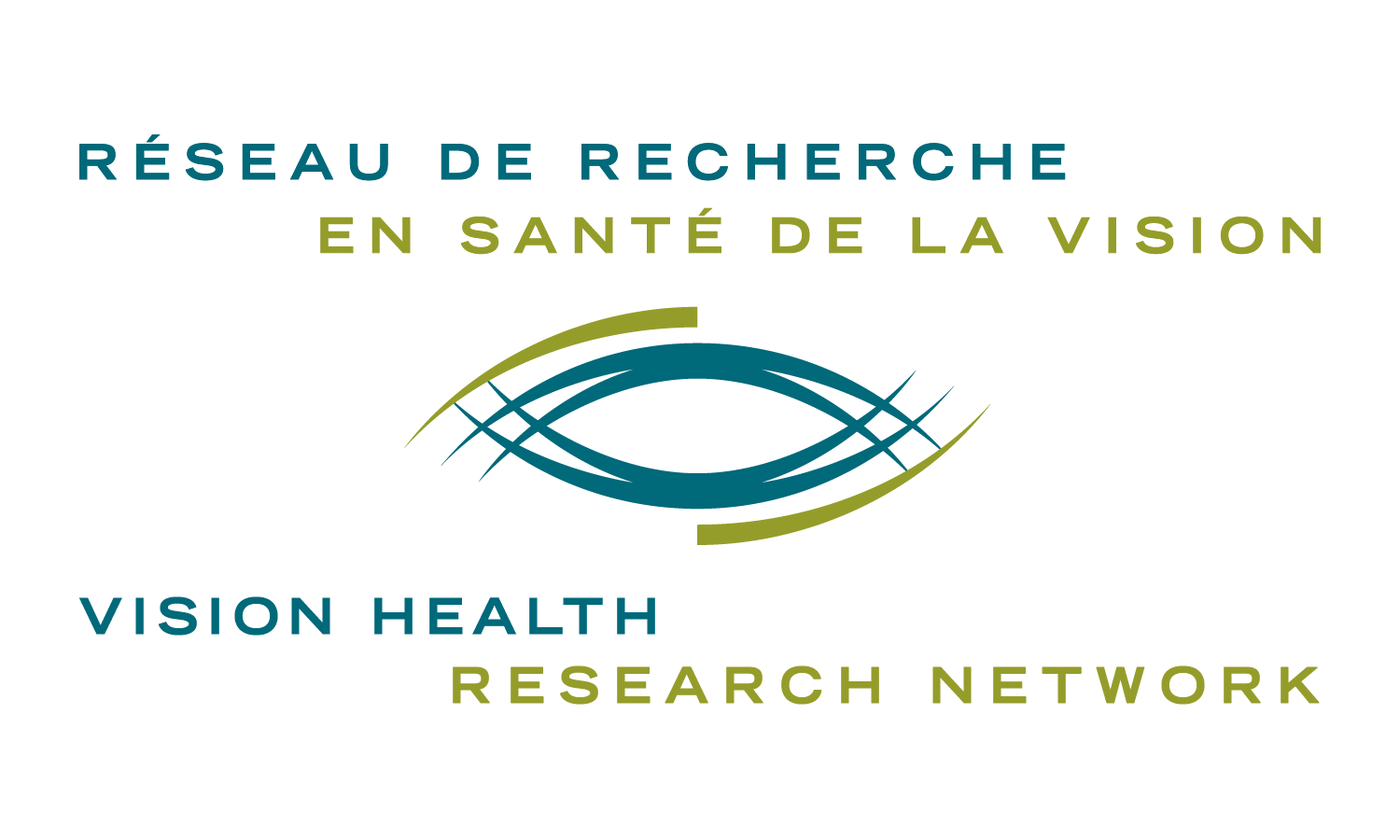Darlene Dartt, PhD
Senior Scientist, The Ocular Surface Scholar, Schepens Eye Research Institute and Mass Eye and Ear
Professor, Department of Ophthalmology, Harvard Medical School
Biographie/Biography
Dr. Dartt was also a Professor II (non-voting) at the University of Oslo School of Dentistry. Dr. Dartt received her A.B. degree from Barnard College of Columbia University in New York City and her Ph.D. from the Department of Physiology at the University of Pennsylvania. She joined the Schepens Eye Research Institute in 1985. Her primary research interests are the signaling pathways used by neurotransmitters in the lacrimal gland and conjunctival goblet cells to induce secretion and proliferation and how dysregulation of these pathways can lead to dry eye syndromes in mouse models and humans. Currently her lab is investigating the effect of allergic inflammation and its resolution on conjunctival goblet cell secretion and the effect of bacterial infection on goblet cell function. She has been continuously funded by NIH since 1980 for her work. Dr. Dartt directed the Institute’s Department of Defense Research Program and chaired six Military Vision Research Symposia. She chaired the ARVO Cornea Program Planning Committee. She is a Vice-President for the International Society for Contact Lens Research. She chaired the 2016 Cornea, Biology and Pathobiology, Gordon Research Conference. She served on the NIH Study Section Diseases and Pathology of the Visual System (DPVS). Dr. Dartt has additionally trained about fifty students and postdoctoral fellows.
***
Résumé/Abstract
Title: Ocular surface nerves: Structure, function, and protection of vision
The front of the eye is in contact with the environment and needs to respond to its changes to protect itself and the remainder of the eye to ensure clear vision. The changes include thermal, chemical, mechanical, infectious, and evaporative. The front of the eye has multiple structures, tissues and fluids that are protective and include the lids, tear film, lacrimal gland, Meibomian gland, cornea, and conjunctiva. Together this system is known as the lacrimal gland functional unit. This system is regulated by a complex neural reflex and well as hormones and growth factors. The presentation today will focus on the neural regulation of the lacrimal gland functional unit to produce tears and protect vision. The afferent part of the complex neural pathway is the sensory nerves in the cornea and conjunctiva. These nerves travel to the trigeminal ganglion, trigeminal nucleus and other central areas of the brain that encode secretion and pain. The efferent part of the pathway are the sympathetic and parasympathetic nerves that travel through the superior cervical and pterygopalatine ganglia, respectively, to the tissues that produce tears. These tissues include the Meibomian gland (lipid layer) and lacrimal gland and conjunctiva (electrolyte and water layer and mucous layer). The elements of this complex neural pathway will be discussed in detail.
***


